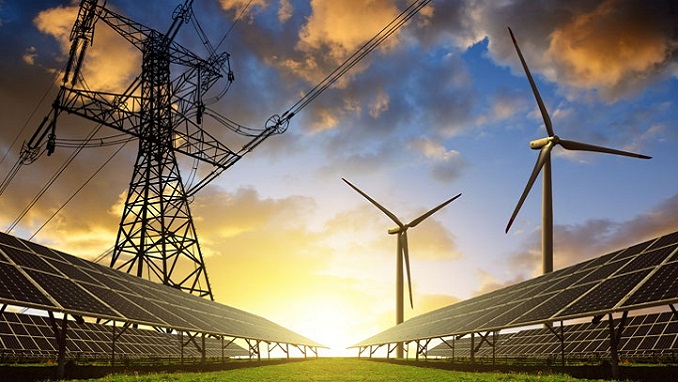The German government has prepared a bill obliging all federal states to give an average of two percent of their territory for installing wind turbines, German media reported.
Each federal land is supposed to set individual indicators, depending on the territorial features – someone will have to give 2.2 percent of the land for wind energy and someone 1.8 percent. In cities with land status, the norm will be only 0.5 percent.
But, as the Berlin newspaper Tagesspiegel notes, in the German capital, where there are now only eight windmills, this half a percent will be equal to the area of 620 football fields.
The government justifies its intentions primarily by the need to achieve energy independence and, accordingly, the strategic importance of wind energy. In Germany, about 0.8 percent of the territory is allocated for wind energy, and a little more than half of these areas are used.
The wind turbines located there produce about 64 GW of electricity. But with the help of the new “two percent target”, according to the government, it will be possible to increase generation to 165 GW by 2030 and thus achieve coverage from renewable sources of 80 percent of the country’s electricity demand by 2035 – and all one hundred percent.
The federal lands will have to reach the targets set for them by 2032, but at the same time, by 2026, they must give 1.4 percent of their territory to wind turbines. Those who fail to cope will be subject to penalties in the form of the abolition of the right to determine the minimum distance from the windmill to residential buildings.
“The federal states can continue to decide on minimum distances, but they must ensure that the area targets are met and thus contribute to the expansion of wind energy. If they do not, then the minimum distance regulations for this particular state will not apply,” they quote Radio Brandenburg RBB text of the substantiation of the draft law.
At the same time, the government is preparing amendments to the law on environmental protection, according to which wind turbines can be placed on protected natural landscapes.
At the same time, requirements for the protection of animals are also significantly softened – in particular, the permissible distances from windmills to habitats of rare birds are reduced, and some species of birds are generally excluded from the list that the authorities check when issuing licenses for new installations.
Conservationists are already voicing their dissatisfaction, but Energy Minister Robert responds with an anecdotal story about how, during his tenure as Minister of Agriculture of Schleswig-Holstein, 3,000 wind turbines appeared in this federal state. At the same time, the number of white-tailed eagles grew from almost zero to 150 pairs.
True, it is still unclear whether the minister can convince ordinary citizens with his story. Tagesspiegel has already conducted a sociological survey, finding out whether the Germans agree that new wind turbines were built less than a kilometer from their home. Opinions were roughly evenly divided, with 46% agreeing to some extent and 45% opposing.

